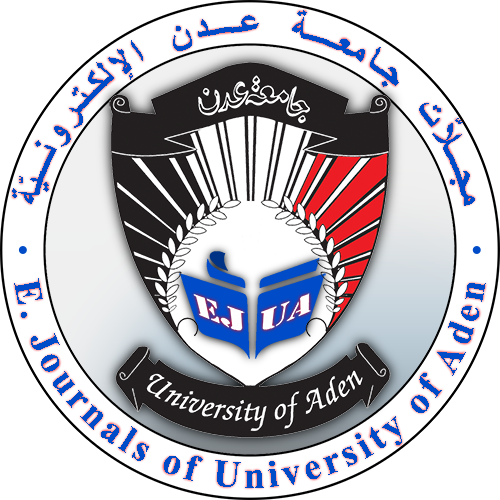الزيارات: :الزوار
طلبات النشر
إذهب إلى صفحة الولوج أو سجّل لتقديم طلبات النشر.
متطلبات تحضير طلب النشر
كجزء من عملية تقديم طلب النشر، على المؤلفين التأكد من كون طلباتهم مستوفية لجميع الفقرات الآتية، وعليه، فقد تُرد الطلبات التي لا تلبي تلك الضوابط.- هذا المؤلَّف لم يسبق له النشر، ولم يُعرض على مجلة علمية أخرى للنظر فيه (أو هناك توضيح بشأن هذا الأمر مقدم إلى هيئة التحرير في خانة التعليقات)
- ملف التقديم هو بإحدى الصيغ الآتية: OpenOffice, Microsoft Word, RTF, WordPerfect
- حيثما تطلب الأمر، أضيفت روابط للمراجع المستعملة في المؤلَّف (الروابط هي وصلات إلى العناوين على الشبكة العنكبوتية)
- فقرات النص ذات تباعد مفرد للأسطر، بحجم خط (12) نقطة، تم فيه استعمال الخط المائل بدلاً عن الخط التحتاني (باستثناء عناوين الروابط)، وجميع الرسوم والأشكال والجداول متوضعة ضمن النص المتعلق بها عوضاً عن تجميعها في نهاية الملف
- إن نص المؤلَّف مقيد بالمتطلبات النمطية والأسلوبية الواردة في دليل المؤلِّف, الموجود في النص التعريفي بالمجلة ضمن هذا الموقع
بيان الخصوصية
أسماء الأشخاص وعناوين البريد الالكتروني المحفوظة في موقع المجلة هذا ستتم الاستفادة منها حصرياً للأغراض المنصوص عليها من قبل المجلة، ولن تكون متاحة لأي أغراض أخرى أو لأي طرف ثالث









